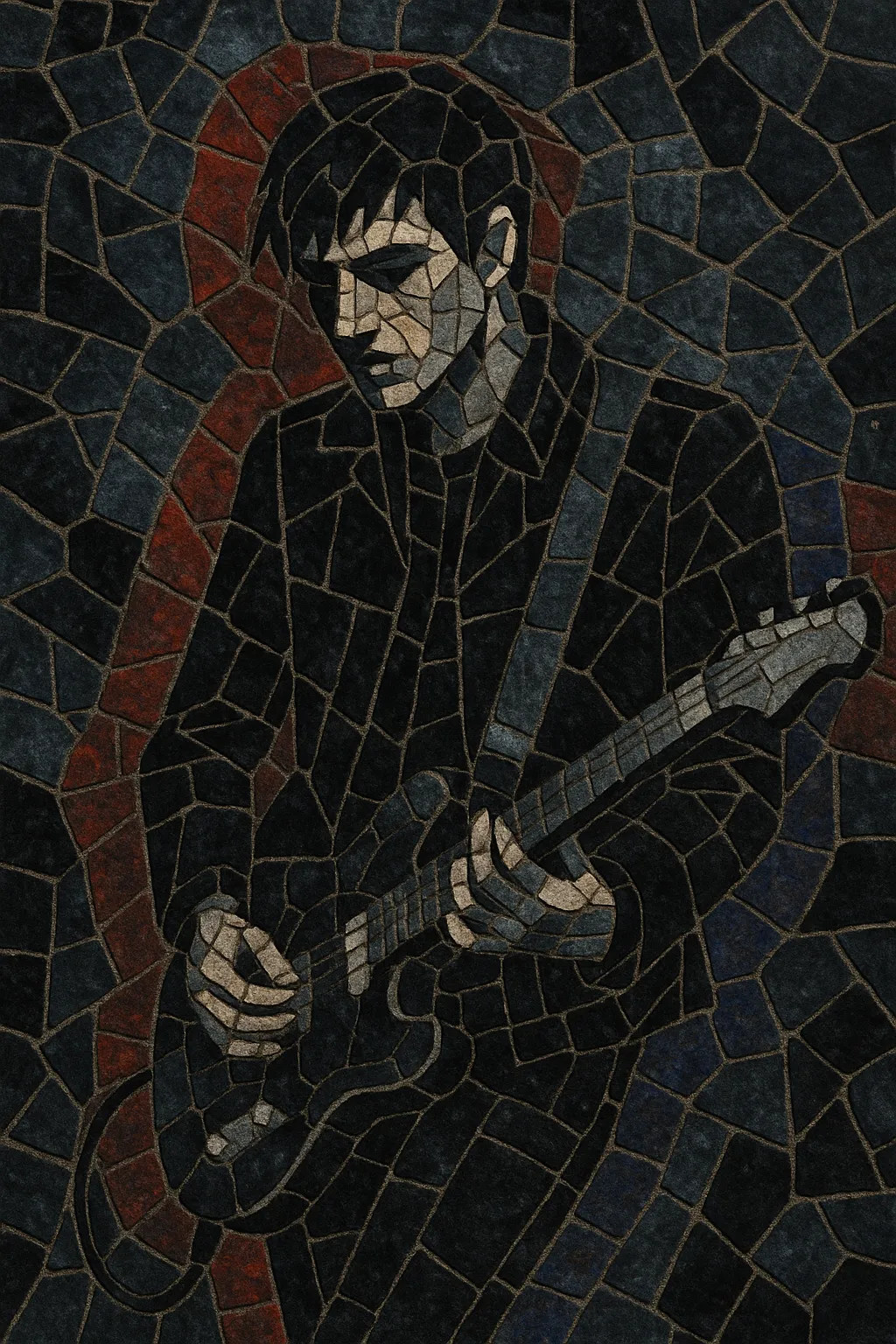
Post-punk revival is a guitar-driven rock movement of the early 2000s that reinterprets the wiry minimalism, rhythmic urgency, and austere mood of late-1970s/early-1980s post-punk and new wave for a new era.
Its sound emphasizes angular, trebly guitars, driving and often danceable rhythm sections, deadpan-to-baritone vocals, and a cool, detached aesthetic. Bands favor tightly interlocked bass-and-drum grooves, sharp staccato riffs, and production that references vintage post-punk clarity while adding contemporary punch. Themes commonly circle urban ennui, alienation, romance, and nightlife, balancing darkness and momentum.
Revived interest in late-’70s post-punk and new wave (e.g., Joy Division, Gang of Four, Wire) culminated around the turn of the millennium. Early singles and club buzz in London and New York—alongside tastemaker press and indie labels—set the stage for a fresh, lean guitar sound that contrasted with late-’90s maximalism.
A string of landmark releases brought the style to mainstream indie audiences: The Strokes’ raw, melodically immediate singles, Interpol’s glacial and baritone-laden soundscapes, and Franz Ferdinand’s taut, dance-floor-ready riffs. UK acts like Bloc Party, Maxïmo Park, Editors, and The Futureheads, and US peers like Yeah Yeah Yeahs and The Rapture, accelerated a broader ‘rock revival’ across Europe and North America.
The movement catalyzed adjacent scenes—dance-punk’s club momentum, indietronica’s sleek synth integrations, and the neon-hued new rave moment in the UK. Festival circuits, blog-era discovery, and indie radio solidified the genre’s international profile.
While the initial wave cooled, its DNA persists in contemporary indie, darkly melodic guitar records, and bands that splice post-punk urgency with electronic minimalism. The revival reframed post-punk as a durable grammar—crisp rhythms, angular guitars, and brooding hooks—regularly resurfacing in new contexts.

